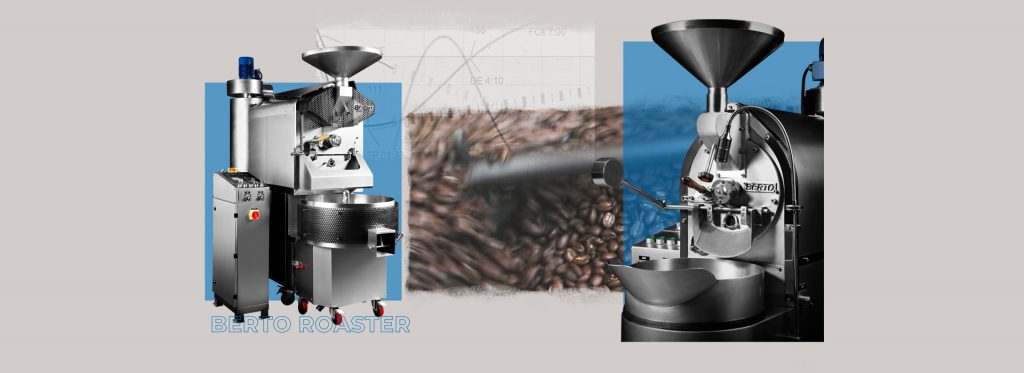Which Coffee Roast Has the Most Caffeine?
If you’re looking to get the most energy out of a cup, it’s not a question of light or dark roast. It’s actually a common misconception that darker roasts contain more caffeine. So, which roast has the most caffeine? The answer is, frankly, not as simple as ‘this’ or ‘that’.
Firstly, let’s take a look at the elements that affect caffeine levels in your final cup.
Roasting Process
The roasting process releases the coffee bean’s flavors and aroma and directly impacts the final product that ends up in your cup.
Though it’s a prevalent myth that roasting alters caffeine content significantly, the reality is that the changes are quite minimal. The type of bean and brewing method play a more considerable role in determining caffeine content.
However, the differences in weight between dark and light roasts may cause slight variations in caffeine when measured by volume. Coffee beans lose moisture during roasting, which ultimately alters their density and volume. As a result, a light roast, which has undergone less intense heating, would weigh more than a dark roast, even if the number of beans is the same. This difference in weight and volume can affect how you measure your coffee, potentially leading to variations in strength and flavor in the final cup.
Brewing Method
Different brewing methods, such as the French press, will naturally result in caffeine content variations due to grind size, brewing time, water temperature, pressure, and the coffee-to-water ratio. However you choose to brew your coffee, the espresso or cold brew methods will typically yield the highest caffeine content. While this isn’t about the roast of coffee per se, the interaction between the type of bean and the preparation method can play a role in the final caffeine content.
Type of Coffee
There are several varieties of coffee beans, but the two most common are Arabica and Robusta. Robusta beans generally contain about 2.2% to 2.7% caffeine, while Arabica beans contain approximately 1.2% to 1.5% caffeine. It’s not uncommon to use coffee blends that mix Arabica and Robusta beans. The caffeine content in these blends will depend on the ratio of each type of bean. More Robusta in the blend will typically result in higher caffeine content.
Environmental factors such as soil type, altitude, and climate can also influence the caffeine content in a coffee bean. Caffeine is a natural insecticide, so beans grown in conditions with more pests may produce more caffeine as a defense mechanism. You can look at the beans’ origin when you plan to roast coffee that is high in caffeine.

So, Which Coffee Roast Has the Most Caffeine?
Some coffee offers a light and fruity taste, whilst others taste rich and complex. We can mostly thank these unique characteristics to a coffee bean’s geographic region. However, roasting transforms the physical and chemical characteristics of the coffee bean and helps bring out certain flavors.
There are several levels of roasts: light roast, medium roast, medium-dark roast, and dark roast.
Light roast coffee has higher acidity or ‘brighter’ brews with a light body, whereas dark roast coffee is less bright or “acidic” and more bitter. Contrary to popular belief, dark roasts do not contain the most caffeine. It goes down to volume more than anything else.
Also read: The Importance of Roast Profiles
As previously mentioned in the article, when beans are roasted, they lose weight, becoming lighter. The longer the roasting process, the less caffeine the beans will retain. Since darker roasts are lighter in weight than lighter roasts, they will contain less caffeine when measured by mass.
If you seek more caffeine in your cup, go for a cold brew with light roasts. Cold brews have the most caffeine out of all coffee drinks, mainly due to the extended sleeping time and concentration of coffee grounds. Using light roasts in the cold brew process further enhances caffeine, as these types retain slightly more than darker ones.
If you have a preference for dark roasts but want higher caffeine content, you can use more beans per cup. By adjusting the coffee-to-water ratio and using a larger quantity of dark roasted beans, you can customize the brew to achieve the desired caffeine strength. This method allows you to enjoy the rich and bold flavors of dark roasts without sacrificing the caffeine kick you might be craving.
Want more coffee roasting tips? Follow our Instagram or like us on Facebook. Alternatively, contact our team to learn more about Berto’s roasting machines.


